National Historical Sites in North Dakota
As an Amazon Associate, I earn from qualifying purchases. We may receive a commission for purchases made through these links. This site also contains affiliate links to products besides Amazon, like Etsy. We may receive a commission for purchases made through those links too (at no additional cost to you).
Learning History Through Experiences
There are two National Historical sites in North Dakota: Fort Union Trading Post and Knife Indian Village. One important thing to know, if you plan on visiting both, is that they are in different time zones.
Fort Union Trading Post is in MST and Knife Indian Village is in CST which results in an hour difference. You can tell from the names what you will learn at each site. Knife Indian Village focuses on Native American history and Fort Union Trading Post focuses on fur traders in the 1800’s. Both stops provide great opportunities to learn parts of the history of the United States.
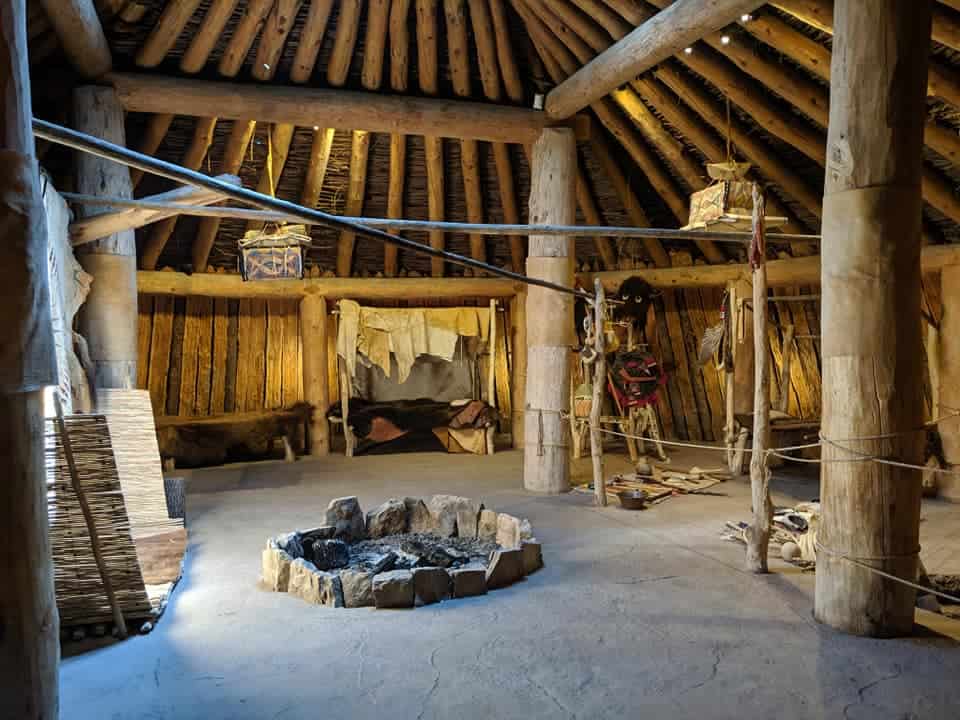
Looking for a place to stay during your travels that won’t break the bank? Use our link below for help finding some great deals!
Booking.comFort Union Trading Post
Fort Union Trading Post is in Williston, North Dakota and is not too far from the North Unit of Theodore Roosevelt National Park. Do not be alarmed when you temporarily enter Montana! This historical site is right on the border and there is even a small sign that you can take a picture of near the parking lot to prove you were in both states. It is opened from 9 am- 5 pm every day of the week except for holidays and has no entrance fee. From the parking lot, it is a several-minute walk uphill to reach the site. Pets are allowed everywhere except the main house/visitor center.
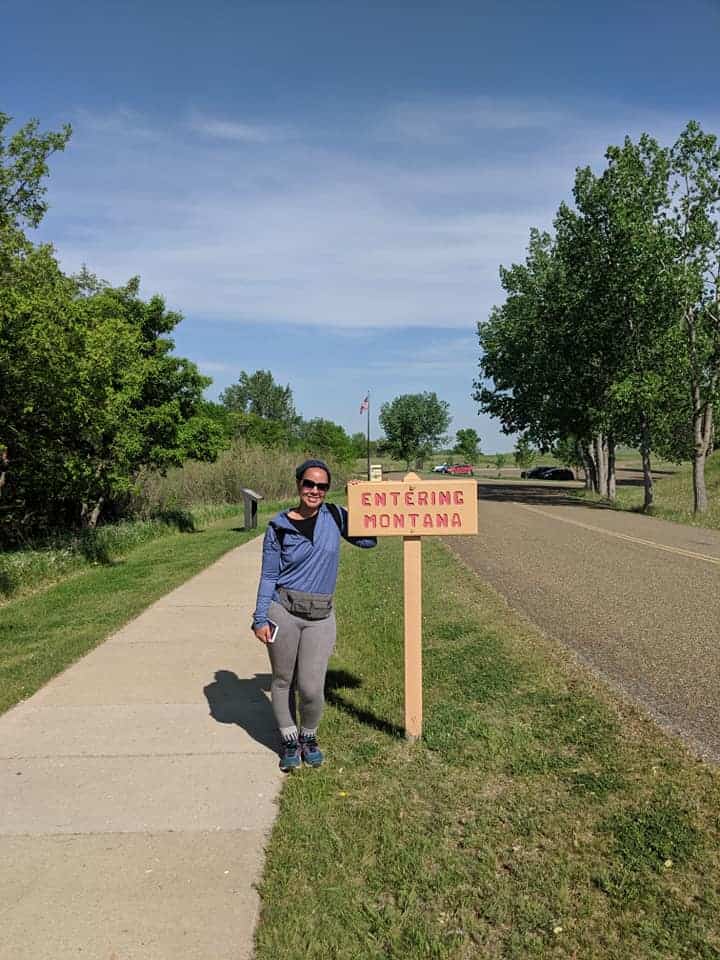
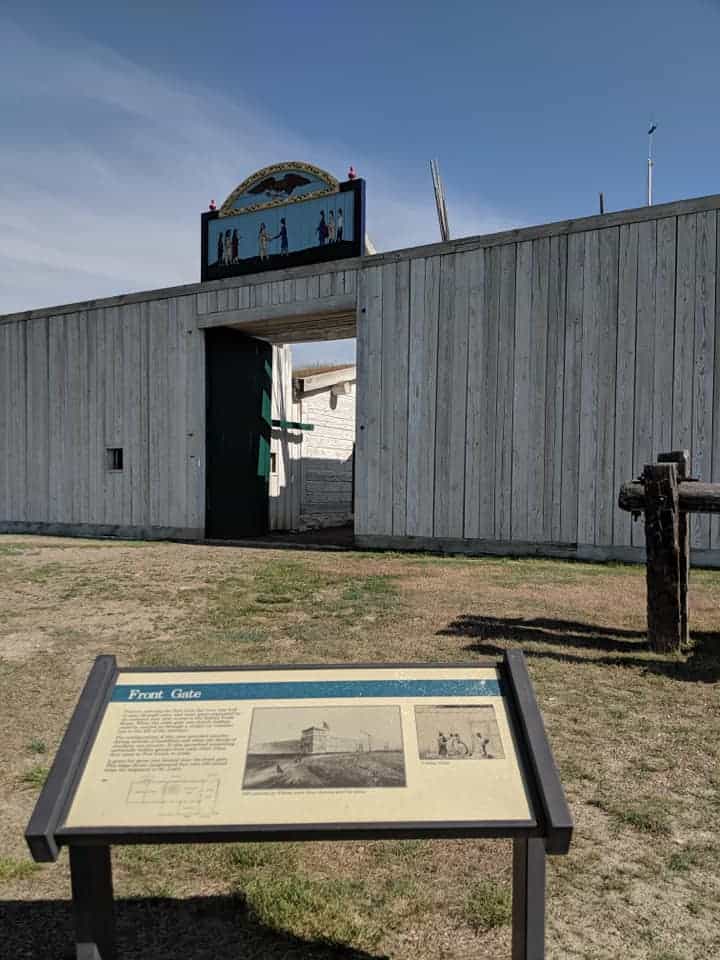
The Fort Union Trading Post was the most important fur trade post in the mid 1800’s and it currently provides a great opportunity to see how a trading post would have operated back then, complete with re-enactors. It is surrounded by a large fence; this would have helped protect the trading post from invasion. You will notice many informational signs throughout the site that explains what you are seeing and the history behind it.
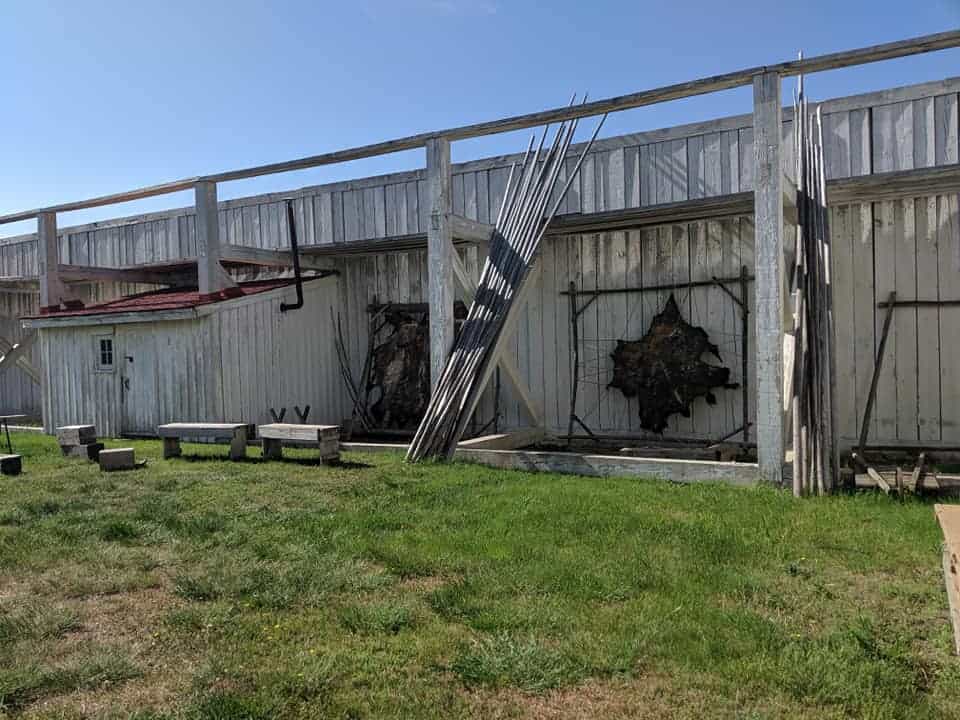
They have kept many of the historical accuracies in how it would have been set up and the types of items that would have been around during that time period. There are several areas to explore like the trade room, clerk’s office, and the main house which is where the visitor center is. These are also the places where you might find the re-enactors who role-play the different jobs that they would have had at the time.
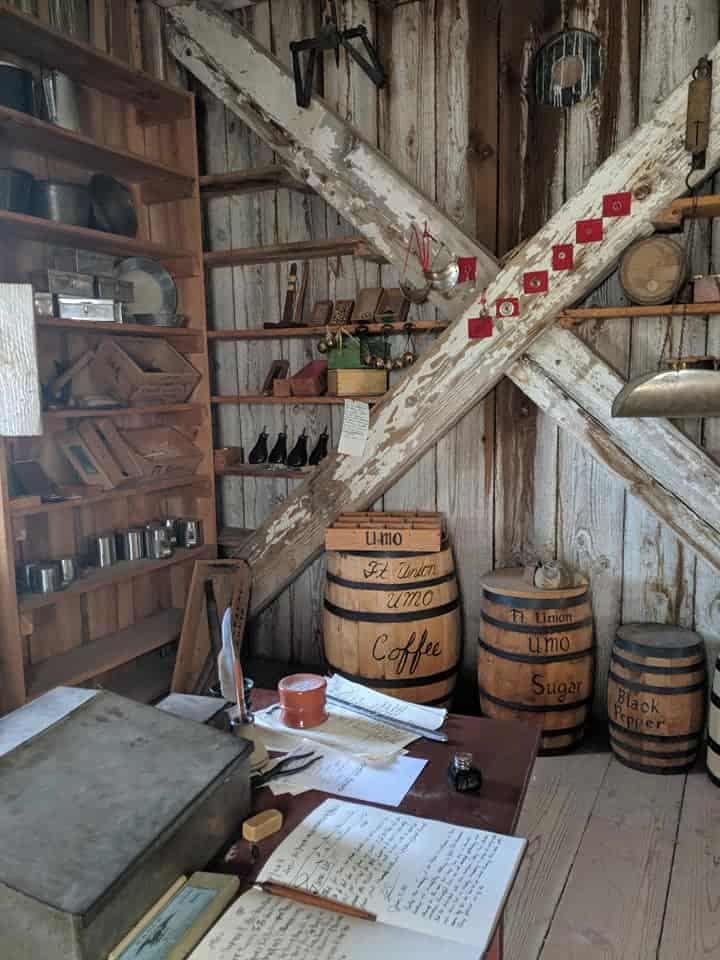
The visitor center has a room where you can watch an informative video to learn more about the Fort Union Trading Post along with other displays regarding the history of the area. This is also where you will find the gift shop to get your national park passport stamped and an array of items for purchase like old-fashioned flint fire starter kits and cookbooks about cooking on the prairie or using common weeds.
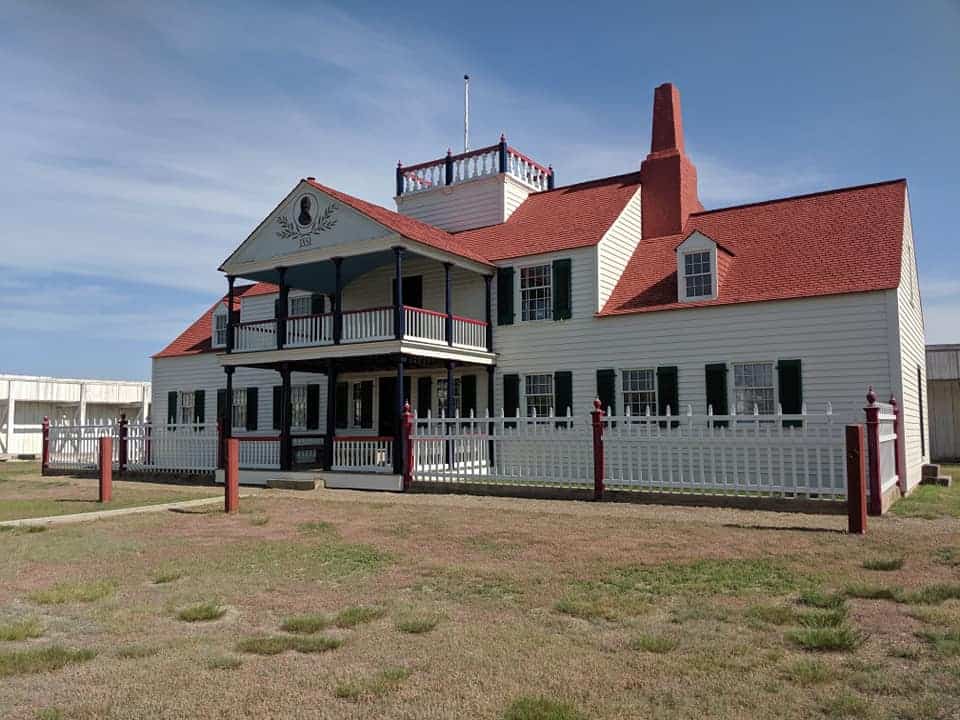
Depending on when you go, you might encounter school field trips that are visiting the site. Fort Union Trading Post does have a Jr Ranger and Trader program for kids that they estimate would take around an hour to complete if you wish to turn this into a more structured educational opportunity for your children.
On the sidewalk between the parking lot and the trading post there is a short trail available that leads to a river if you wish to stretch your legs a bit more before getting back into your car.
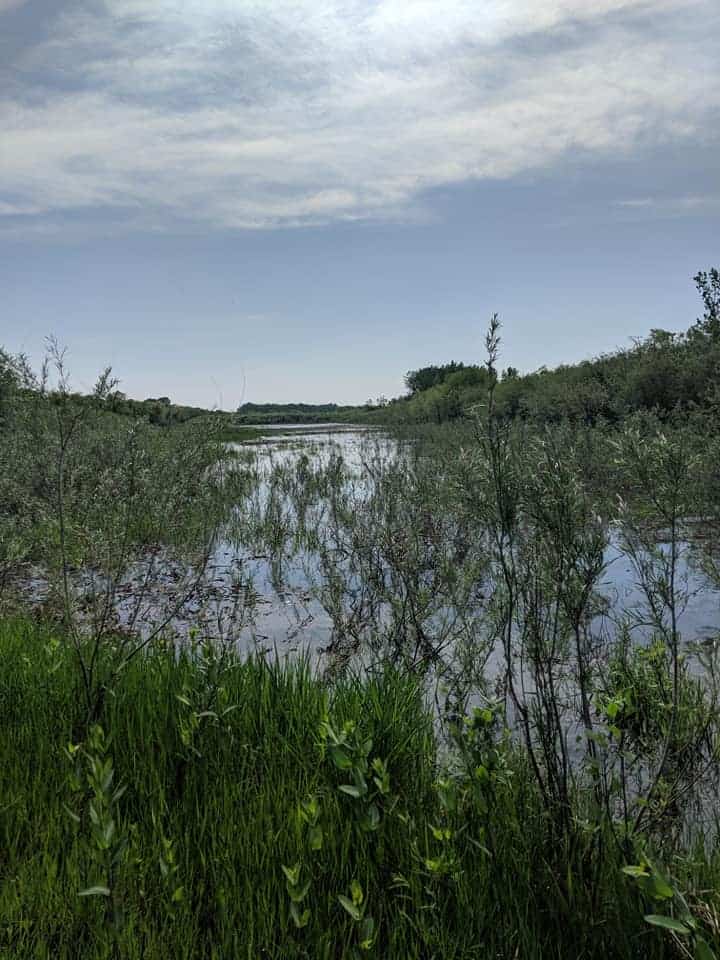
Knife River Indian Village
Stanton, North Dakota is where you will find the Knife River Indian Village Historic Site. There is no fee to visit and the outdoor areas are open from sunrise to sunset every day of the year. The visitor center is open from 9am-5pm during the summer months and 8:30am- 4:30pm from Labor Day to Memorial Day. The hours may be different on holidays. The trails are pet friendly; just remember to keep them on leash and pick up after them.
This National Historic Site consists of a visitor center (with several picnic tables and shelters out front) and 3 walking trails. The walking trails are in three different locations. It provides a unique experience where you will have the chance to walk amongst some of the burial grounds and village sites of the Northern Plains Indians. There is a paved parking lot at the visitor center, and it is a short drive to get to the two different unpaved parking lots that will give you access to the other trails.
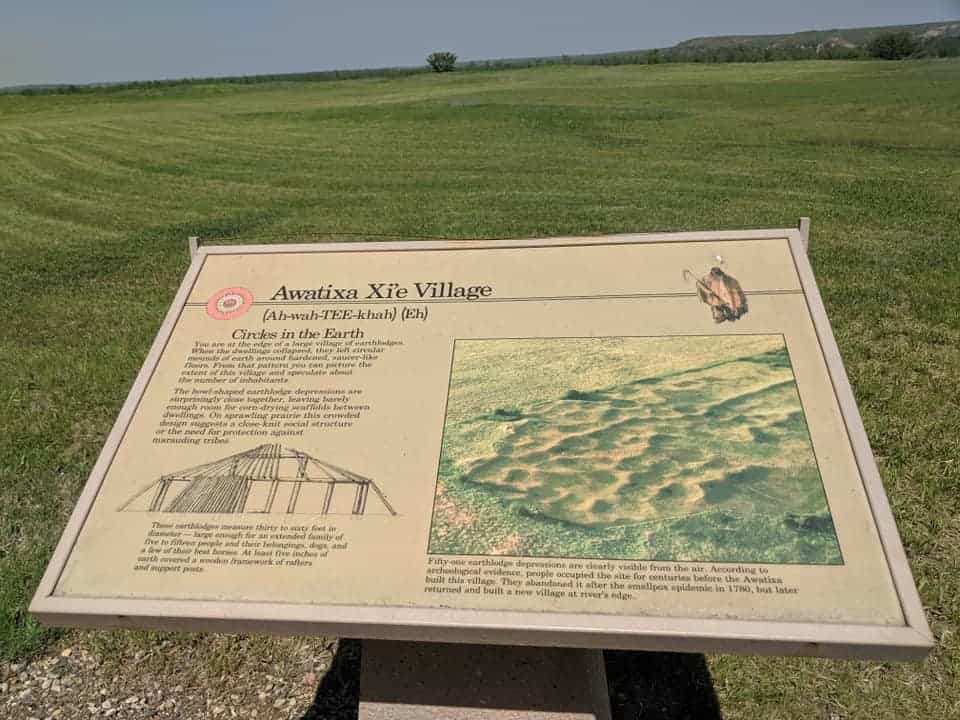
The main building/visitor center gives you the opportunity to watch an informative movie about the history of the area and the Native American people. You can also explore a room full of exhibits where you learn more about how the tribes survived and the tools they use. It was interesting to learn how the tribes in the area stored their food and to see the types of boats they had built. In the gift shop, you can buy souvenirs, talk to a ranger, and grab a map that will direct you to the three different walking trail options: The Village trail, the Two River trail, and the North Forest trail.
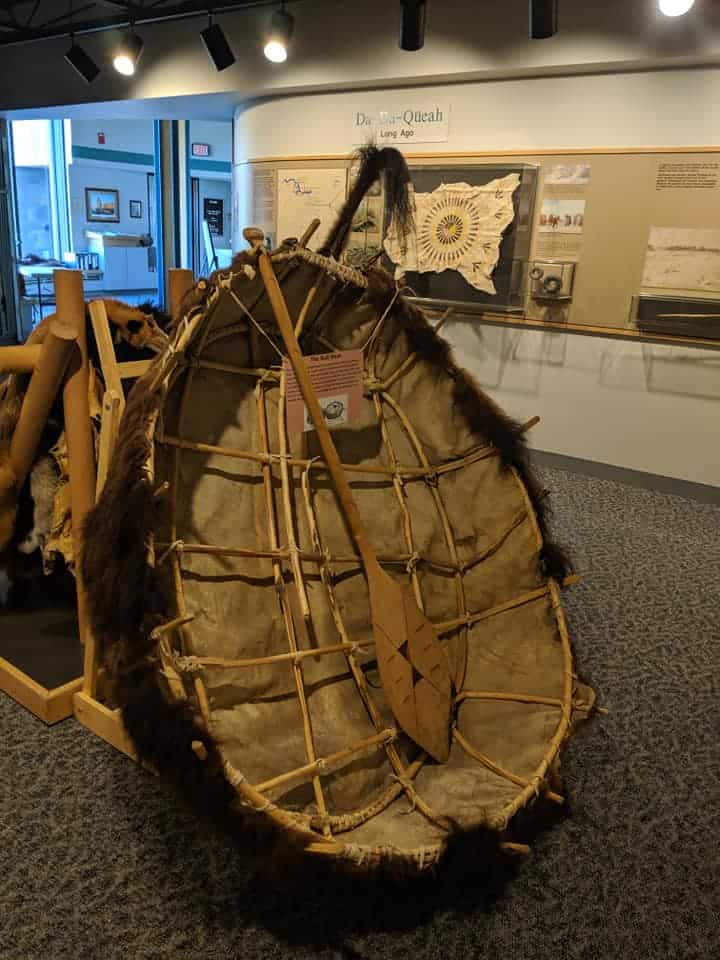
Just behind the building is the start of the Village Trail (1.3mi) and the first thing you will encounter is a replica earth lodge (a type of home for the tribes that used to live in the area). It is full of items that one would have found inside a home during that time. If you continue down the trail, you will find where the Awatixa xi’e and the Awatixa Villages used to be. When you explore the area, you will be able to see the depressions in the earth from the earth lodges that used to be there. There are educational signs along the trails to explain what you are looking at. Some sections may be closed if they are currently doing excavations of some of the burial mounds that are further down the trail.
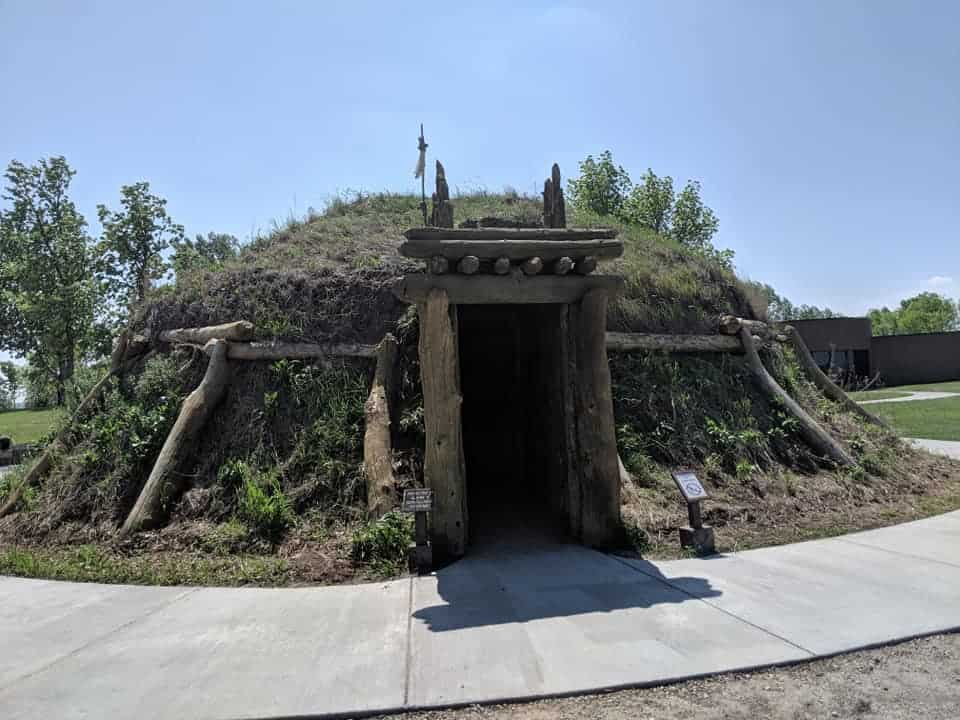
The Two Rivers trail (6.2mi) follows along the river and the North Forest Trail loop (2.2mi) leads you into the forest and prairie. If you do not have time to hike the whole trail, just go in about .1 miles to see where the Hidatsa Village used to be. Be aware the North Forest Trail will have you walking through some areas of high grass so keep an eye out for ticks!
Why You Should Visit:
If you are interested in learning about the history of the United States, I highly suggest you visit these two Historical Sites in North Dakota. Seeing parts of history firsthand is amazing and really brings home how people used to live back then. From the fur traders at the Fort Union Trading Post to the Native American villages at Knife River, one can learn a lot no matter your age. These are great free stops that also give you the opportunity to walk a trail or three depending on how long you have to spend at each location. If you are looking for other stops on your road trip, take a look at our North Dakota Roadside Attractions post.
Pin For Later:
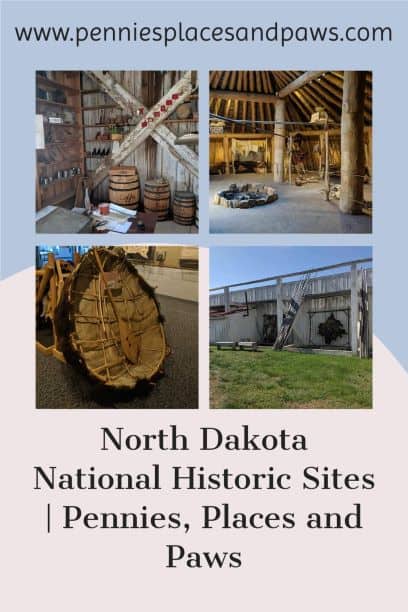
Want a quick list of 25 places to visit in North and South Dakota? Click here!
Amazon and the Amazon logo are trademarks of Amazon.com, Inc, or its affiliates.

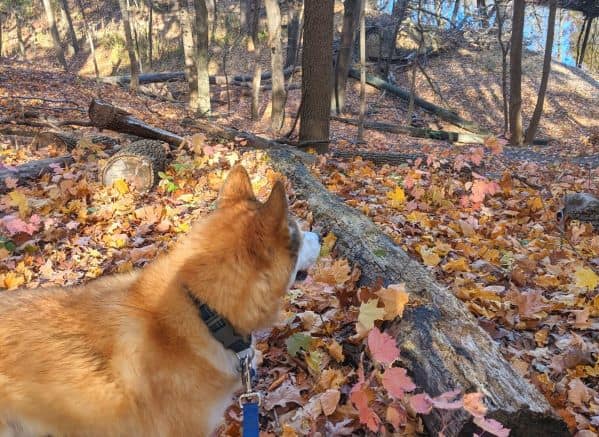
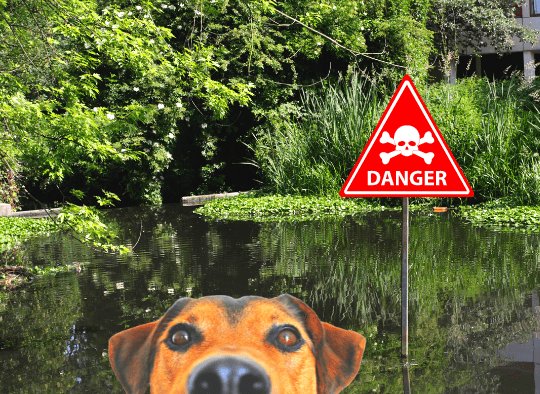
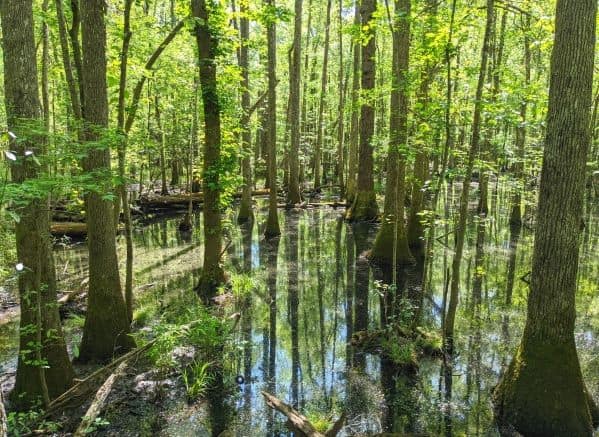
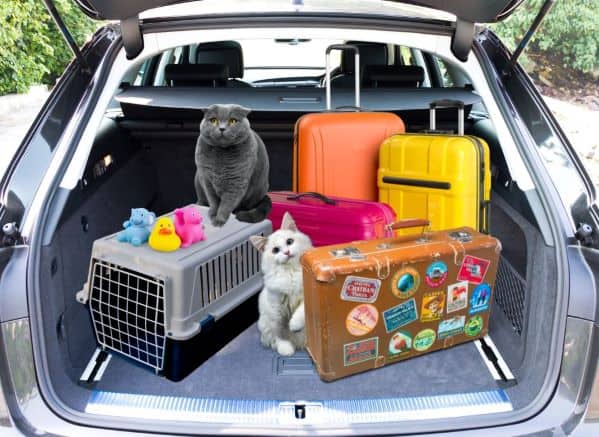
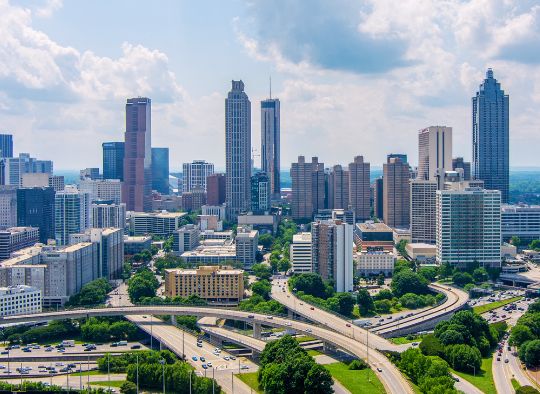
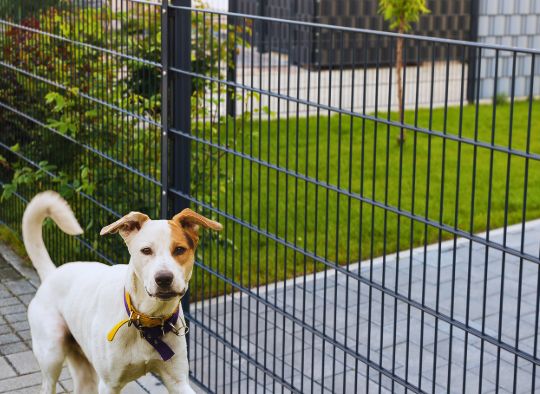
I’m from Minnesota and I haven’t heard of any of these places, despite traveling through ND many, many times!
I found them due to my National Park Passport and my obsessive need to hit every place in it! LOL
What a fascinating collection of places to visit! The trading post looks like a really interesting site to explore the trade history. Knife River Indian Village looks like a really cool place too! What a great way to learn about the culture. Thanks for the great guide!
Thanks! I find I love visiting places like this to learn more about history 🙂
I love the idea of visiting these two places on the same day! What a great contrast!
It was great!
I actually just got back from a trip to North Dakota! Knife River was so much more interesting than I thought it would be. And I know it’s not listed, by TR National Park was awesome!
TRNP was fantastic!! So was Medora! I was surprised by how much I liked these two sites, both very interesting!
Love visiting historical spots like this! Looks like a great stop for a domestic road trip – definitely saving it for the future!
I hope you get to visit one day!
Super cool – I’ve been to South Dakota / Sioux Falls but never made it North. Hopefully on the next trip!
North Dakota was pretty cool! Hope you get to go 🙂
I have been to this area before but never heard of Fort Union Trading Post. I will check it out next time for sure!
It was a fun stop!
What a great way to learn history and culture. I would love to visit and learn about fur traders and more. Thanks for a great guide .
Thank you! I love places like this 🙂
I love visiting historical places when I travel! I’m used to visiting castles, but North American historical sites are usually quite interesting as well.
Castles are wonderful! But very abundant in N.A. so I make do LOL